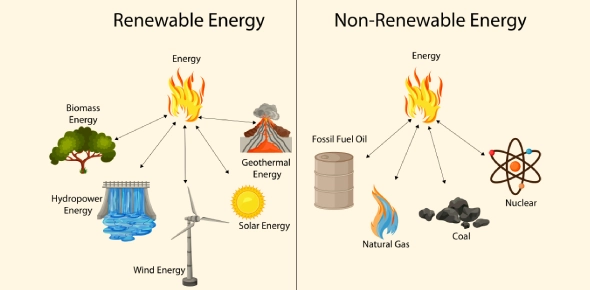Renewable & Nonrenewable Energy Resources Quiz
- ISO 50001
- LEED
2.
You may optionally provide this to label your report, leaderboard, or certificate.
×
Thank you for your feedback!
















